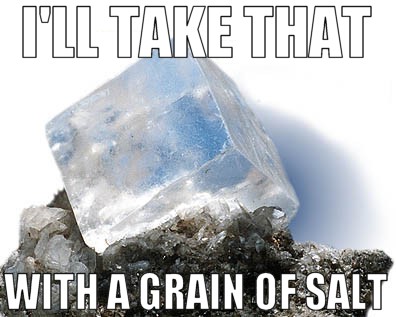macromolecule (polymer molecule)
A molecule of high relative molecular mass, the structure of which essentially comprises the multiple repetition of units derived, actually or
conceptually, from molecules of low relative molecular mass.
Notes:
1. In many cases, especially for synthetic polymers, a molecule can be regarded as having a high relative molecular mass if the addition or removal of
one or a few of the units has a negligible effect on the molecular properties. This statement fails in the case of certain macromolecules for which
the properties may be critically dependent on fine details of the molecular structure.
2. If a part or the whole of the molecule has a high relative molecular mass and essentially comprises the multiple repetition of units derived,
actually or conceptually, from molecules of low relative molecular mass, it may be described as either macromolecular or polymeric, or by polymer used
adjectivally.(2) |































 he's done that in several other threads.
he's done that in several other threads.

















